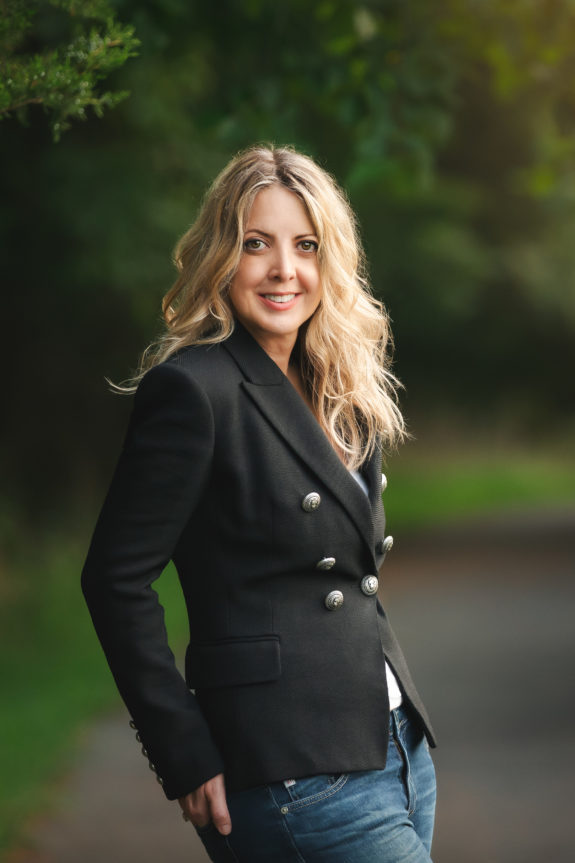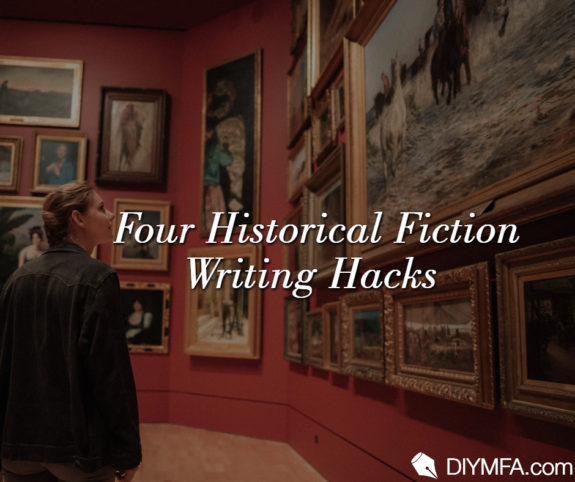Most often, the questions that I get from readers and writers are about my process of writing historical fiction. Why did I choose the time periods that I did for the story? How did I do the research for four different timelines? Now, fully immersed in the research for my third historical fantasy novel, I’ve found that some things are unique to each book, but there is a common rhythm to my process. Even to the most seasoned novelist, historical research can be daunting, so here are some writing hacks that I remind myself each time I start a new book.
Write about a time period that you love or has some significance for you because you will be doing a lot (a lot) of research.
I chose the three historic time periods for A Witch in Time based on my personal interest in Belle Époque France, my obsession with Hollywood in the 1930s and my personal experience growing up in the 1970s. By now, I’ve probably read almost every history book from those time periods, but those hours immersed in research were labors of love for me. For A Witch in Time, I have an entire bookshelf for the three periods and find that I tend to think in those time frames for all future novels so I might get multiple novels from my initial research. By contrast, as a reader, I love historical fiction based on time periods that aren’t of interest to me. For example, one of my favorite historical fantasy writers, Nicola Cornick, often writes time slip novels during the Elizabethan period. It’s not one of the time periods that I actively work in, so this distance actually allows my brain a bit of time to indulge, rest and “enjoy” her books and admire her craft.
Write small, big and universal.
This is one of the best writing hacks for a historical writer. Strategically pick a few areas to research so you don’t get overwhelmed. For example, start with the big, over-arching historical details of the period. What were some of the major political and social themes going on? How would those have impacted your characters? This exercise can be different if you’re writing a book on the fictional version of Richard III versus a commoner living during that time. You don’t need to bite off every piece of history from the time period. Remember, you’re not writing a non-fiction history book.
After the big major themes, you can write small. What is the typical day in the life of your character? How did people dress or wear their hair?. Think about the food of the time. Were people hungry? Were certain things rationed? Drink? Music? Art? Those are all important aspects of daily life. What was the price of theater ticket? A glass of wine? Find one or two things (tangible and small) and write everything about them.
In my novel, The Ladies of the Secret Circus, one of the best writing hacks I discovered was simply finding a cookbook called, The Found Meals of the Lost Generation: Recipes and Anecdotes from the 1920s Paris by Suzanne Rodriguez-Hunter. The author was specific about what foods were trendy during the time and the ingredients that were available. In my research I also found a nice detail about all the poor artists stealing both food and silverware from the Café de la Rotonde in Montparnasse.
These tiny details actually make the time period authentic and tangible. In this phase of my writing, I actively search Pinterest boards for research use them as notebooks for each of my novels. If you’re looking for an example of how tiny, daily details can really define a time period, I recommend Barbara Pym’s Excellent Women (1952) which makes even the most mundane elements of post WWII British life fascinating.
Some extra writing hacks: pick a universal topic or detail and write it. As a modern-day guest at the Roosevelt Hotel in Los Angeles, I took special note of the smells and sounds of the hallways. Since it was an old hotel, I could imagine that many of the senses involved were the same then as they are now, so I used these details in the scenes where Nora lives there in A Witch in Time. In another example, eating French Onion soup probably hasn’t changed much since the turn of the century in Paris, so I used soup in The Ladies of the Secret Circus where Cecile and Emile have their first date. When placed in an historical fiction piece, a universal detail can take on the antique aura of the time period. Make sure the detail fits first. If the item wasn’t invented yet, then obviously you won’t want to use it. It’s a bit of a cheat, but there are just some things that haven’t changed much and readers will actually be drawn to familiar details they know. Your writing is a balance between identifying timeless, universal truths and serving as a tour guide to another time period.
More bonus writing hacks: an overlooked aspect of an historical fiction is the setting. Try to find an old photo or a painting of the place you’re writing about and write every detail you see in it. Think about how the place felt, smelled, sounded. Trust me, you will use this “sketch” somewhere in your description of your setting.
What you read while you’re writing is really important.
When writing, your reading list should be prescriptive to your goals. I’m such a fan of writer Philipp Meyer and recall him telling The New York Times, that he has an exhaustive reading list developed to address his current writing goals, saying that, as writers, “you have to treat your mind the way an athlete treats her body.” Set writing goals for the book your working on and try to balance your reading list for craft elements you’re trying to work on to improve your craft. My next book features many late 1960s gothic romance features, so my reading list includes, the old Victoria Holt romance novels from that time period. For A Witch in Time, I read Emile Zola’s L’Assommoir. These books help get the language right. Figure out what “style” you want your book to be and begin a reading regime to match. This also extends to music of the time period and films (if they exist) of the time period. “Trapeze” was very important to my research for The Ladies of the Secret Circus and films from the 1930s (William Powell and Carole Lombard in particular) were so helpful in “hearing” the language of the time for A Witch in Time.
You need a story that is timeless.
This is probably the most important thing so I saved it for last. Yes, you’re writing an historical fiction novel, but you must throw all that out and flesh out a good story—a story of solid plot and character that transcends the historical timeline you are going to build around it. Your characters have to feel “real” regardless of the time in which they live. Don’t have a full plot? Think like a screenwriter and write down 8-10 key scenes you need in your book and let those “frame” the narrative so you don’t wander.
At the end of the day, it’s the story that drives the book, not the history.

Constance Sayers is the author of A Witch in Time. A finalist for Alternating Current‘s 2016 Luminaire Award for Best Prose, her short stories have appeared in Souvenir and Amazing Graces: Yet Another Collection of Fiction by Washington Area Women as well as The Sky is a Free Country. Her short fiction has been nominated for the Pushcart Prize and Best of the Net.
She received an MA in English from George Mason University. She lives outside of Washington D.C. Like her character in The Ladies of the Secret Circus, for many years, she was the host of a radio show from midnight to six.







